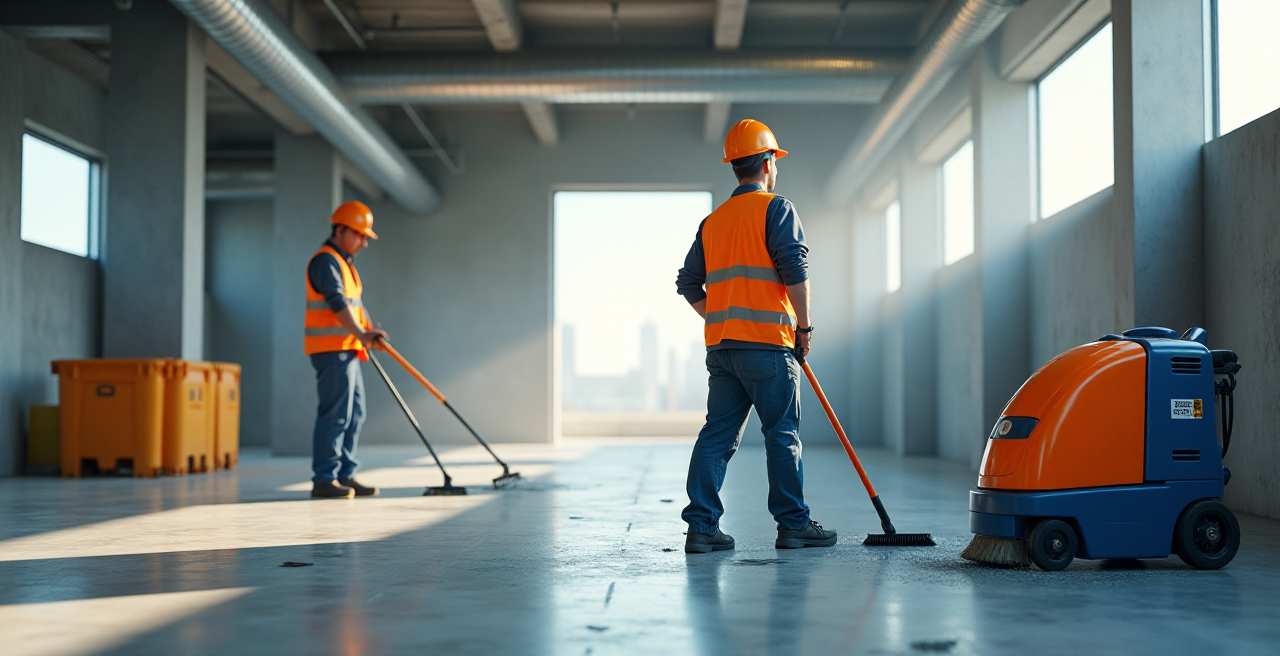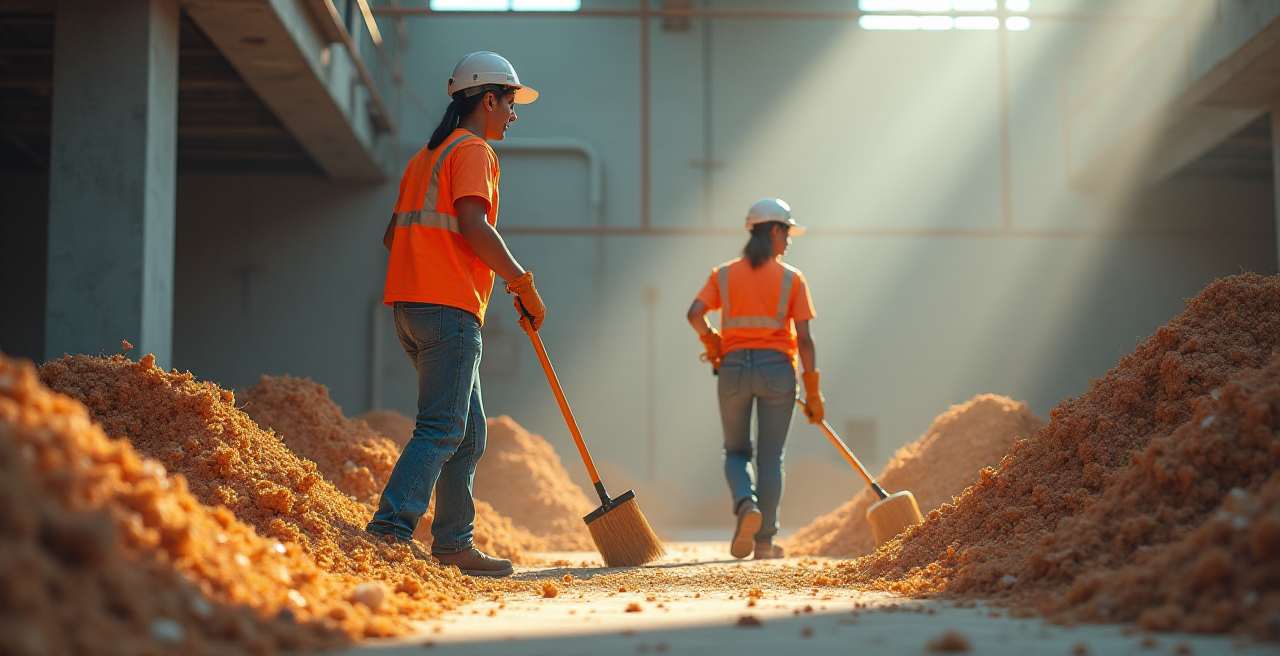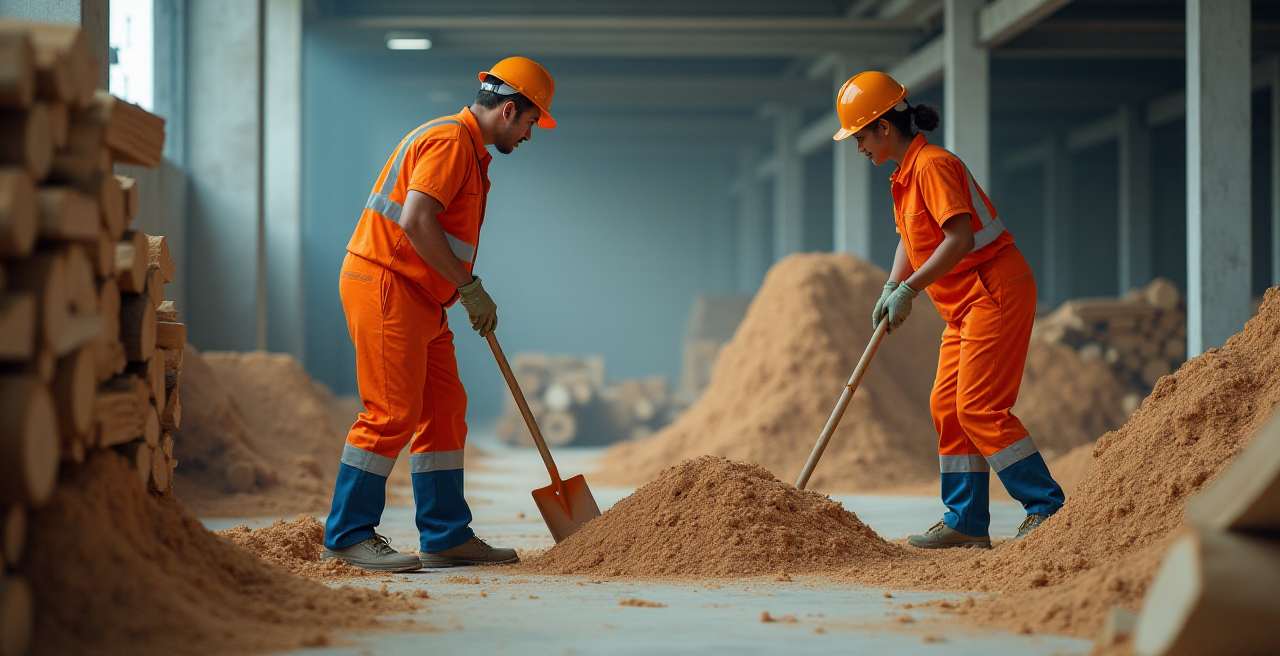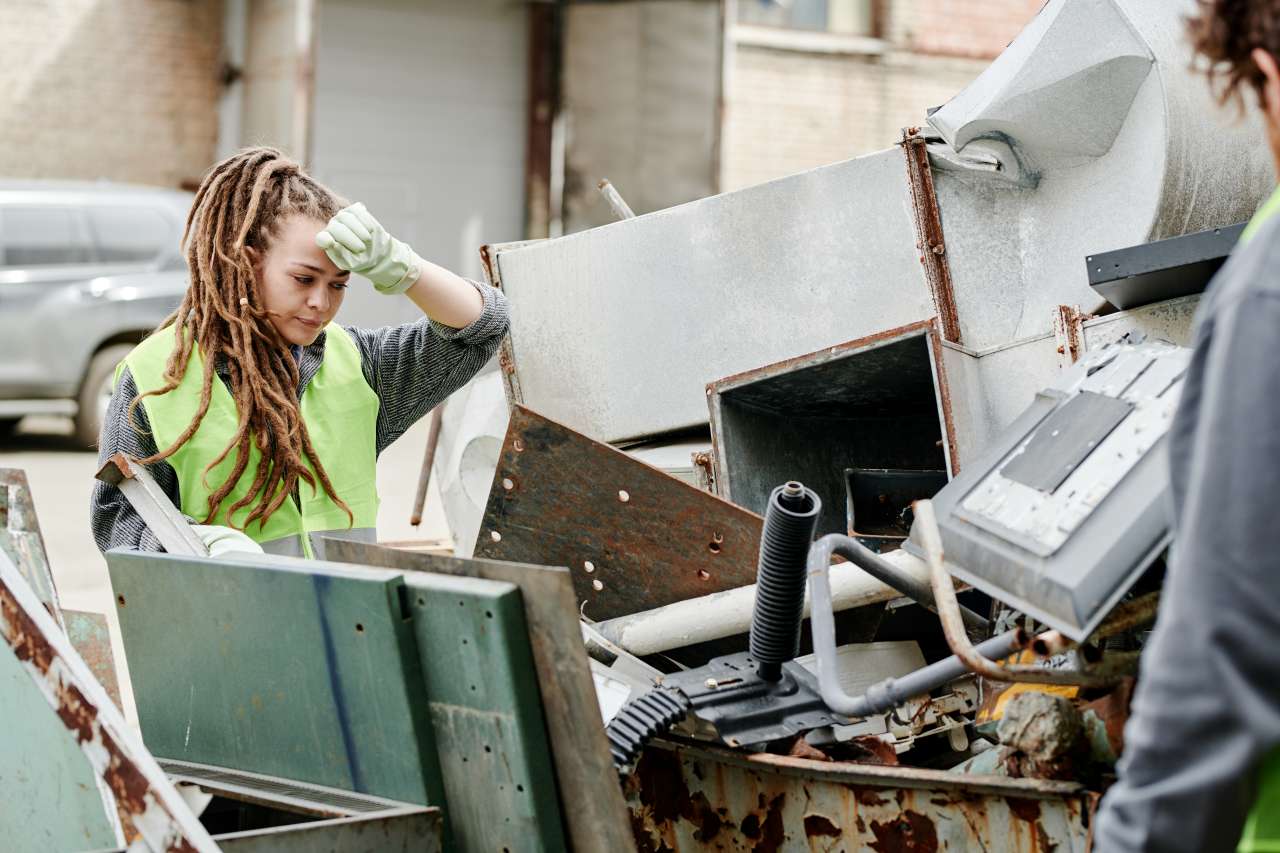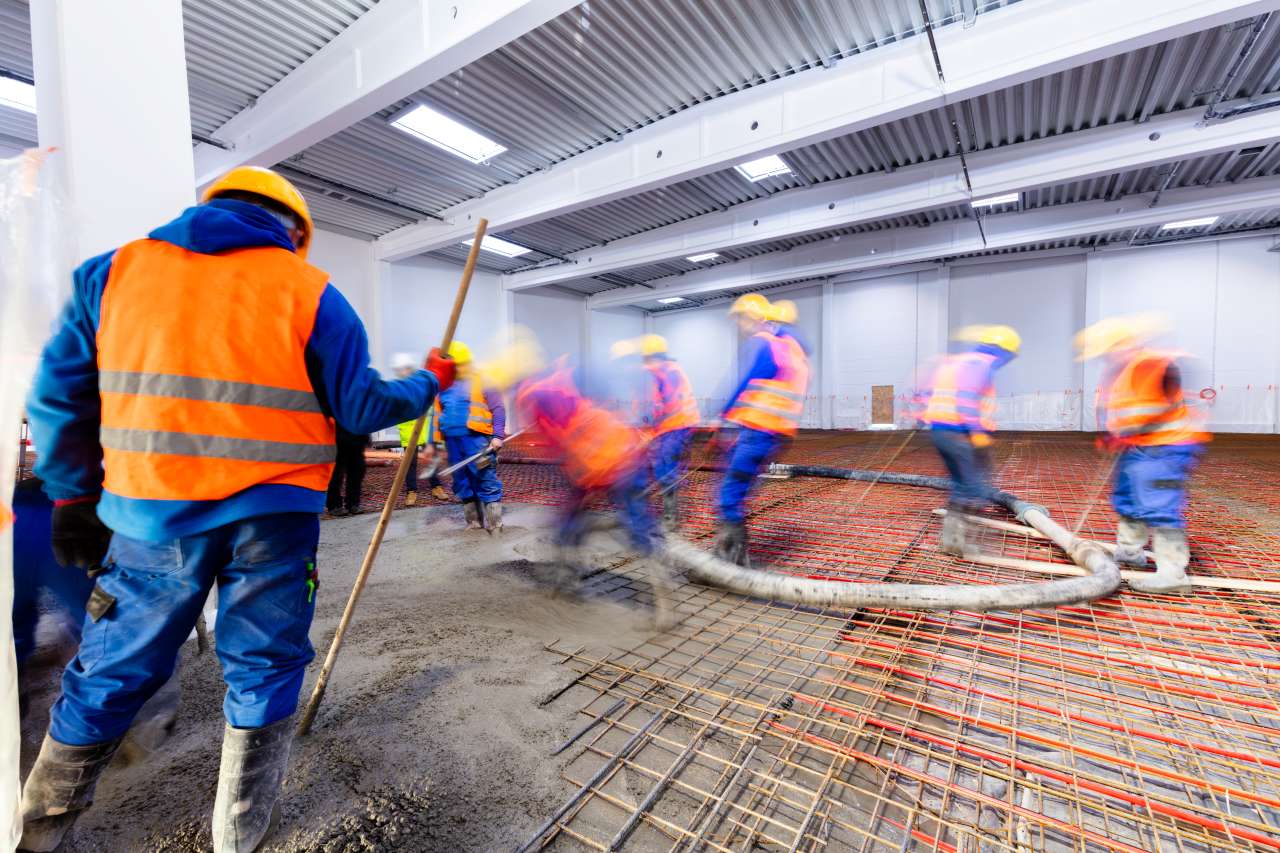Overlooked Areas in Office Cleaning: A Personal Insight into Ensuring Every Corner is Pristine
When it comes to maintaining a clean office environment, there’s often a sense of accomplishment that comes with seeing gleaming desks, spotless floors, and sanitized restrooms. However, through my years of experience in both managing and working in office spaces, I’ve come to realize that no matter how diligent we are, there are always areas that tend to slip through the cracks. These overlooked zones, if not addressed, can become breeding grounds for dust, allergens, and bacteria, which can detract from the overall cleanliness and health of the office.
In this piece, I want to share my insights on the commonly missed areas in office cleaning—those hidden spots that often get neglected despite our best efforts. I’ll delve into why these areas are frequently overlooked, the impact they can have, and how to ensure they are included in your regular cleaning routine. By addressing these often-forgotten spaces, you can create a healthier, more pleasant work environment that benefits everyone.
Why Thorough Office Cleaning Matters
I’ve always believed that a clean office is more than just a reflection of professionalism—it’s a cornerstone of a healthy and productive work environment. Over the years, I’ve witnessed firsthand how even the smallest lapses in cleanliness can snowball into bigger issues, affecting not just the physical workspace, but also the people within it.
Health Concerns: The Invisible Threat
One experience that stands out in my mind happened a few years ago in an office where I was responsible for overseeing the cleaning staff. Despite our regular cleaning schedule, several employees started complaining about headaches, respiratory issues, and general discomfort. After some investigation, we discovered that the air vents—something we had neglected for months—were clogged with dust and mold. This incident was a wake-up call for me, highlighting how critical it is to address every part of the office, not just the obvious ones.
The health implications of missing these spots are significant. Dust and mold buildup in neglected areas like vents, ceiling fans, and behind furniture can lead to poor indoor air quality, which in turn can cause a range of health issues, from allergies to more severe respiratory problems. Since then, I’ve made it a point to ensure these hidden areas are part of our regular cleaning routine, understanding that they play a crucial role in maintaining a healthy office environment.
Productivity and Morale: The Subtle Impact
There’s also the impact on productivity and morale to consider. I’ve noticed that employees tend to take pride in a clean, well-organized workspace. It’s easier to focus, stay motivated, and take your work seriously when the environment is tidy. Conversely, a dirty or cluttered workspace can be incredibly distracting. I’ve seen how something as small as a dusty corner or a grimy breakroom can lower morale, leading to decreased productivity.
In one of my previous roles, we had a breakroom that everyone avoided. The microwave was perpetually dirty, the fridge smelled, and the countertops were sticky with spilled coffee. It seemed minor at first, but over time, I noticed that employees were less inclined to take breaks in the room, preferring to leave the office entirely instead. It wasn’t until we overhauled our cleaning routine to include a deep clean of the breakroom that people started using the space again, socializing more, and generally appearing more relaxed and happy.
Commonly Overlooked Areas in Office Cleaning
Through these experiences, I’ve learned to pay close attention to the often-missed areas in office cleaning. These spots might not be immediately visible, but they accumulate dust, dirt, and grime over time, leading to potential health risks and detracting from the overall cleanliness of the office. Let’s take a closer look at some of these areas.
1. Air Vents and Ceiling Fans
As I mentioned earlier, air vents are a common culprit when it comes to overlooked cleaning areas. They’re often out of sight and, as a result, out of mind. However, the dust and debris that accumulate in these areas can spread throughout the office via the HVAC system, affecting indoor air quality. I’ve made it a habit to schedule regular cleaning of air vents and ceiling fans, ensuring that they’re free of dust and operating efficiently. It’s a small step that makes a big difference in maintaining a healthy office environment.
2. Behind and Under Furniture
In many offices, large pieces of furniture, like desks, filing cabinets, and bookshelves, are rarely moved. As a result, dust and dirt accumulate behind and underneath these items. I once discovered a significant dust buildup behind a row of filing cabinets in an office I managed, which was contributing to the allergies that several employees were experiencing. Since then, I’ve always made sure that our cleaning staff moves furniture periodically to clean these hidden areas thoroughly.
3. Light Fixtures and Lamps
Light fixtures, particularly those that are mounted on ceilings, are another area that often gets missed during regular cleaning. Dust and dead insects can accumulate inside fixtures, reducing their brightness and contributing to poor indoor air quality. I recall a time when we noticed the office seemed dimmer than usual, despite having replaced the bulbs. A closer inspection revealed that the fixtures themselves were covered in dust. After cleaning them, the difference was like night and day—literally.
4. Keyboard, Mouse, and Other Electronics
Electronics, especially those that are used daily like keyboards and mice, are notorious for collecting dust, dirt, and germs. I’ve seen how these items are often overlooked during cleaning, even though they are among the most frequently touched surfaces in an office. To address this, I’ve made it a point to ensure that cleaning staff includes wiping down electronics as part of their routine. Not only does this help reduce the spread of germs, but it also prolongs the life of the equipment.
5. Underneath Office Equipment
Much like furniture, office equipment such as printers, copiers, and shredders often sit in the same spot for long periods, allowing dust to accumulate underneath. I’ve learned the importance of moving these items periodically to clean underneath and around them. This prevents dust buildup and helps the equipment run more efficiently by avoiding the clogging of vents and fans with dust.
6. Baseboards and Corners
Baseboards and corners are often neglected because they require bending or crouching to clean properly. However, these areas can harbor significant dust and dirt over time. I’ve found that making a concerted effort to clean baseboards and corners regularly not only improves the overall appearance of the office but also contributes to better indoor air quality.
7. Breakroom Appliances
As I mentioned earlier, the breakroom is one area that can quickly become a problem if not cleaned properly. Appliances like microwaves, refrigerators, and coffee machines are frequently used and can get dirty fast. I’ve seen firsthand how a neglected breakroom can affect employee morale, so I make sure that these appliances are cleaned thoroughly and regularly. This includes not just the surfaces, but also the insides of microwaves and refrigerators, which can harbor bacteria if left uncleaned.
8. Window Blinds and Curtains
Window blinds and curtains often collect dust and can be a source of allergens if not cleaned regularly. In one of the offices I managed, we discovered that the curtains, which had not been cleaned in years, were contributing to the musty smell in the office. After having them professionally cleaned, the air quality improved noticeably. Since then, I’ve made sure that window coverings are included in our regular cleaning schedule.
9. Trash Cans and Recycling Bins
Trash cans and recycling bins are obvious places where dirt and germs can accumulate, yet they are often overlooked in regular cleaning routines. I’ve seen bins that were only emptied and not cleaned, leading to unpleasant odors and potential health risks. To prevent this, I ensure that these bins are cleaned inside and out on a regular basis, not just emptied.
10. Walls and Light Switches
Walls and light switches are other areas that often go unnoticed during cleaning. Over time, fingerprints, smudges, and even germs can accumulate on these surfaces. I’ve made it a practice to include wiping down walls and light switches in our cleaning routine, especially in high-traffic areas like hallways and meeting rooms. This not only keeps the office looking clean but also reduces the spread of germs.
Implementing a Comprehensive Cleaning Routine
Based on my experiences, I’ve learned that the key to effective office cleaning is a comprehensive routine that addresses both the obvious and hidden areas. Here’s how I approach this task:
1. Regular Inspections
I conduct regular inspections of the office to identify areas that may need more attention. This includes checking for dust buildup in hidden spots, inspecting appliances and electronics, and ensuring that air vents and light fixtures are clean.
2. Detailed Cleaning Checklists
I’ve found that having a detailed cleaning checklist is essential for ensuring that no area is overlooked. This checklist should include all the commonly missed areas mentioned above, as well as any specific needs of the office.
3. Employee Involvement
Encouraging employees to take responsibility for their own spaces can also make a big difference. I’ve implemented a system where employees are asked to regularly clean their own desks and electronics, and to report any areas they notice that need extra attention.
4. Professional Deep Cleaning
While regular cleaning is important, I’ve also learned the value of professional deep cleaning services. These services can reach areas that regular cleaning might miss and provide a more thorough clean. I schedule deep cleaning sessions several times a year to ensure that even the most hidden areas are addressed.
A Clean Office is a Healthy Office
Through my years of experience, I’ve come to understand that a clean office is more than just a nice-to-have—it’s essential for the health, productivity, and morale of everyone who works there. By paying attention to the commonly missed areas and implementing a comprehensive cleaning routine, you can ensure that your office is not only clean on the surface but also free of hidden dirt and germs. This attention to detail makes all the difference in creating a workspace that everyone can enjoy and thrive in.




